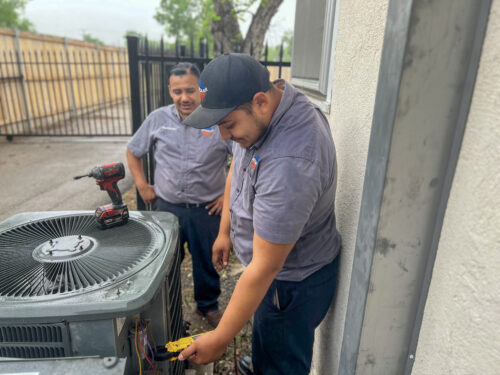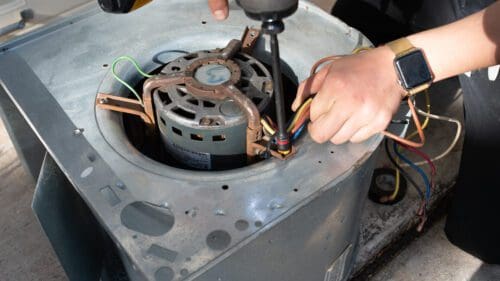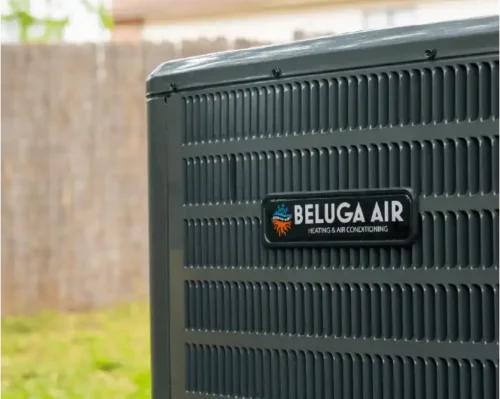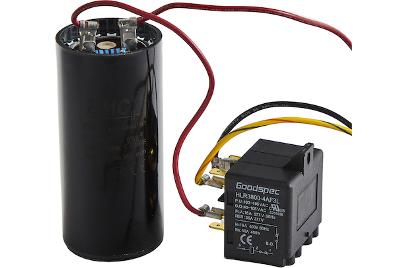Introduction
In our modern-day sanctuaries, indoor air quality has emerged as a silent character in the narrative of our well-being. With an uptick in the chatter about the air we breathe indoors, it’s clear that this invisible ally—or adversary—deserves a spotlight. This article is on a mission to propel the importance of indoor air quality into the limelight and tease out its effects on our health and well-being.
Understanding Indoor Air Quality
Think of indoor air quality (IAQ) as the grade your home’s air would get on its report card. It’s a measure that whispers the tale of particles and pollutants we cohabit with, some invisible, some odorous, and some downright mischievous. This unseen mischief-maker can be anything from dust bunnies hosting a party under your sofa to chemical culprits sneaking out from cleaning supplies. Let’s not forget mold, that uninvited guest lurking in damp corners, waiting to crash the respiratory party.
Now, if your air could talk, it might tell you how it’s feeling a bit under the weather due to these uninvited guests. Poor IAQ is like a silent disco for allergens and irritants, sending out vibes that could stir up a range of health issues. We’re talking about a lineup that includes respiratory problems, the sniffles and sneezes of allergies, and even throwing in a curveball to our mental health. And just when you thought it was safe to take a deep breath in your sanctuary!
Effects of Indoor Air Pollution on Health
The invisible nemesis lurking in our homes, indoor air pollution, can be as treacherous to our health as its outdoor counterpart. Short-term effects often masquerade as seemingly benign irritants – a sneeze here, a cough there, perhaps even a mysterious headache or a sudden wave of fatigue. These can be the body’s immediate response to unseen invaders like dust, chemicals, and mold spores staging a coup on our well-being.
Peering into the long-term impacts, the narrative becomes grimmer. Prolonged exposure to compromised air quality can orchestrate a symphony of health complications, from respiratory issues such as asthma to a heightened risk of cardiovascular diseases. Even our minds are not immune; mental health can also bear the brunt of air pollution, with studies suggesting a link between polluted indoor environments and an increase in anxiety and depression symptoms.
- Vulnerable Groups: Children, the elderly, and those with preexisting health conditions hold front-row tickets to the adverse effects of indoor air pollutants.
- Research Backs It Up: A plethora of studies corroborate the health detriments, cementing the urgency to address indoor air quality posthaste.
Our homes should be sanctuaries, not hotbeds for health hazards. Recognizing the potency of indoor air pollution on health is the first breath towards cleaner, more vibrant living spaces.
Benefits of Clean Indoor Air
Imagine taking a deep breath and feeling a rush of pure, revitalizing energy. That’s the magic of clean indoor air. It’s a silent hero, enhancing our lives in ways we often take for granted. Let’s peel back the curtain on how this invisible ally bolsters our health and well-being:
- Improved respiratory health: Clean air acts as a balm for our lungs, reducing the risk of asthma attacks and other respiratory issues. It’s like a spa day for your airways—every day!
- Better sleep quality: Ever tried counting sheep but ended up counting coughs instead? Pristine indoor air can help you bid farewell to those restless nights, leading to a more peaceful slumber.
- Boosted productivity: A breath of fresh air can literally clear your mind, sharpening your focus and supercharging your efficiency. It’s like caffeine for your brain, minus the jitters.
- Reduced absenteeism: In workplaces where the air sparkles with cleanliness, sick days plummet. Imagine a world where “I’m feeling under the weather” is as rare as a unicorn sighting.
- A haven of comfort: Your home becomes a sanctuary where every inhalation nurtures your well-being. It’s like living in a bubble of bliss, and who wouldn’t want that?
With so many compelling benefits, it’s clear that investing in clean indoor air isn’t just about health—it’s about crafting a life brimming with vitality and joy. So, let’s raise a glass (of fresh air) to a healthier, happier existence!
Conclusion
As we draw the curtains on our exploration of the indoor air quality theater, let’s take a moment to breathe in what we’ve learned. We’ve journeyed through the murky haze of pollutants, from dust mites holding a dance party in our living room to the vile mold spores plotting a takeover in damp corners. We’ve seen how these uninvited guests can crash our body’s party, sparking allergies, whispering sweet nothings to respiratory issues, and even meddling with our mental health.
The takeaway? Clean indoor air is more than a luxury; it’s a cornerstone for our health and vitality. It’s the unseen hero that can boost our productivity, give us the gift of better sleep, and provide a nurturing environment for those at the delicate edges of life—our children and the elderly.
So, let’s champion the cause of pristine air within our walls. By improving our indoor air quality, we’re not just adjusting the thermostat for comfort—we’re setting the stage for a healthier, happier existence. Take a deep breath, and let’s make each one count!











